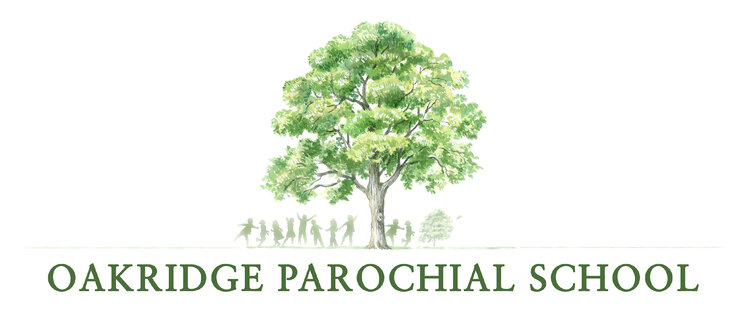Computing
Computing
“Such a gentle nature yet so focused on getting the best out of the children. Genuinely a very talented teacher.”
-
Underpinning our computing curriculum at Oakridge school is the aim to give our pupils the life-skills to embrace and utilise new technology in a socially responsible and safe way in order to flourish. Our further aims for the curriculum are as follows:
We want our pupils to be able to operate in the 21st century workplace and we want them to know the career opportunities that will be open to them if they study computing.
We intend for children to become digitally literate, autonomous, independent users of computer technologies, gaining confidence and enjoyment from their activities.
We want the use of technology to support learning across the entire curriculum and to ensure that our curriculum is accessible to every child.
We want our pupils to develop creativity, resilience and problem-solving skills whilst by developing their computational thinking.
We want our pupils to have a breadth of experience to develop their understanding of themselves as individuals within their community but also as members of a wider global community and as responsible digital citizens.
-
At Oakridge School, computing is taught in discreet computing lessons which follow a two or three-year rolling curriculum. The children will use either iPads, chrome books or laptops in order to access a range of apps and software.
We follow an adapted version of the ‘Teach Computing’ curriculum which is underpinned by the latest computing research. Within the Teach Computing Curriculum, every year group learns through units within the same four themes: Computer systems and networks, Programming, Data and Information and Creating Media. These areas combine the ten strands of the National Centre for Computing Education’s taxonomy (see table, below). This approach allows us to use the spiral curriculum approach to progress skills and concepts from one-year to the next. This style of curriculum design reduces the amount of knowledge lost through forgetting, as topics are organised under these four strands and therefore revisited yearly.
Within class curriculum maps you will see where these four key areas are planned in to be addressed throughout the year. Where appropriate, meaningful links will be made between the computing curriculum and the wider curriculum. For example, the ‘Data and information‘ unit will be covered during Science or Maths lessons each year. Across the 2- or 3-year rolling curriculum children will have developed depth in their knowledge and skills in each of their computing topics.
This curriculum has been closely referenced against the 2014 National Curriculum attainment targets in order to ensure progression, coverage and so that it can meet the needs of all our pupils.
-
Children’s progress will be assessed against lesson objectives (LOs) using the school Marking and Feedback policy with clear success criteria provided for all lessons. Children will be given feedback and next steps either verbally or in writing. Progress will be tracked across the term and year using ‘I can’ statements taken from the linked assessment document which will be uploaded on to Insight.








